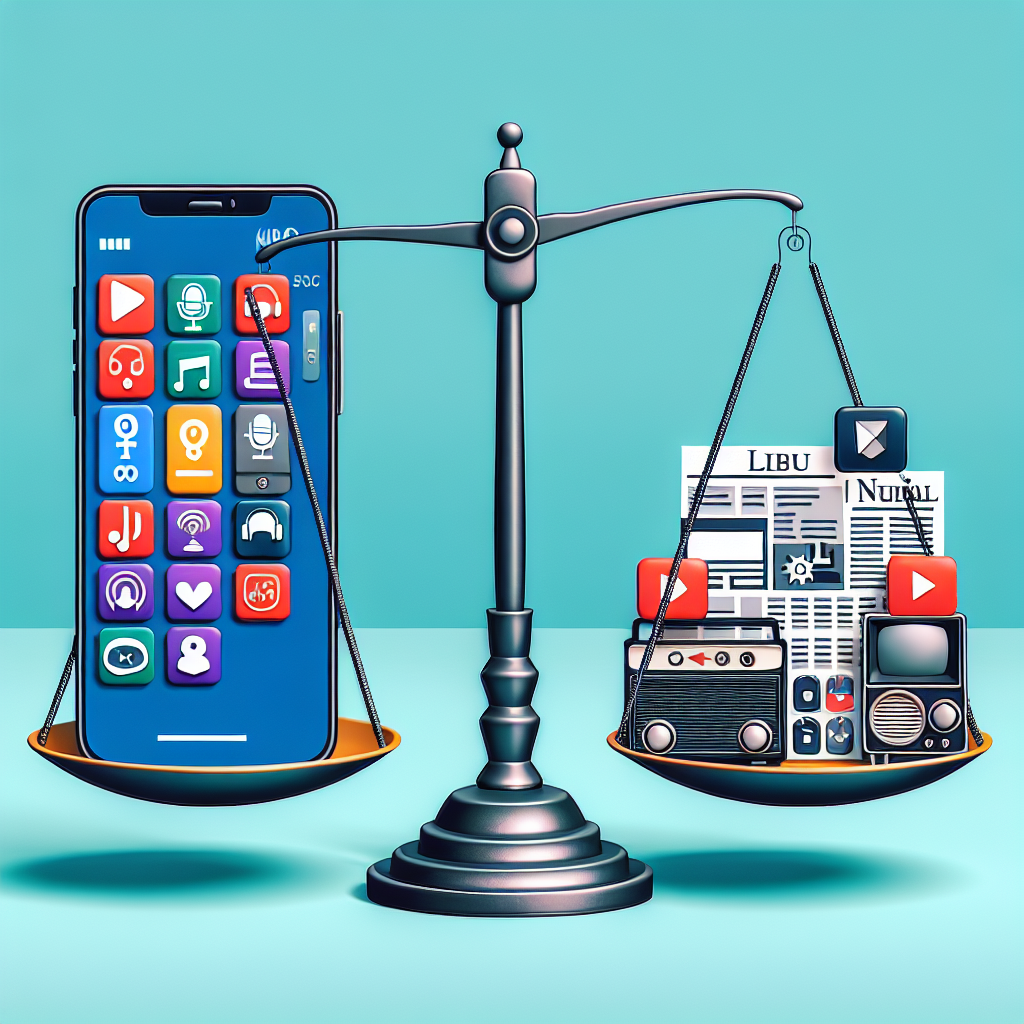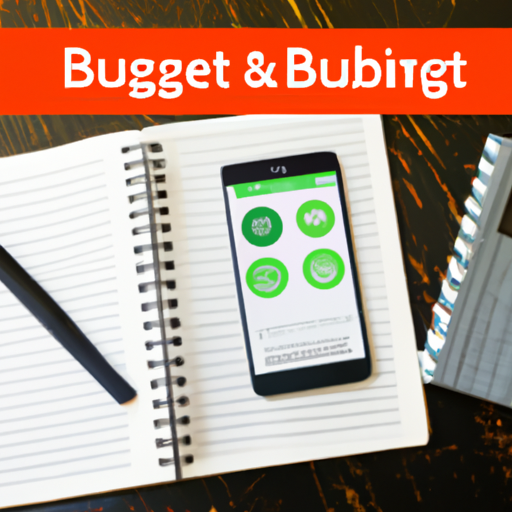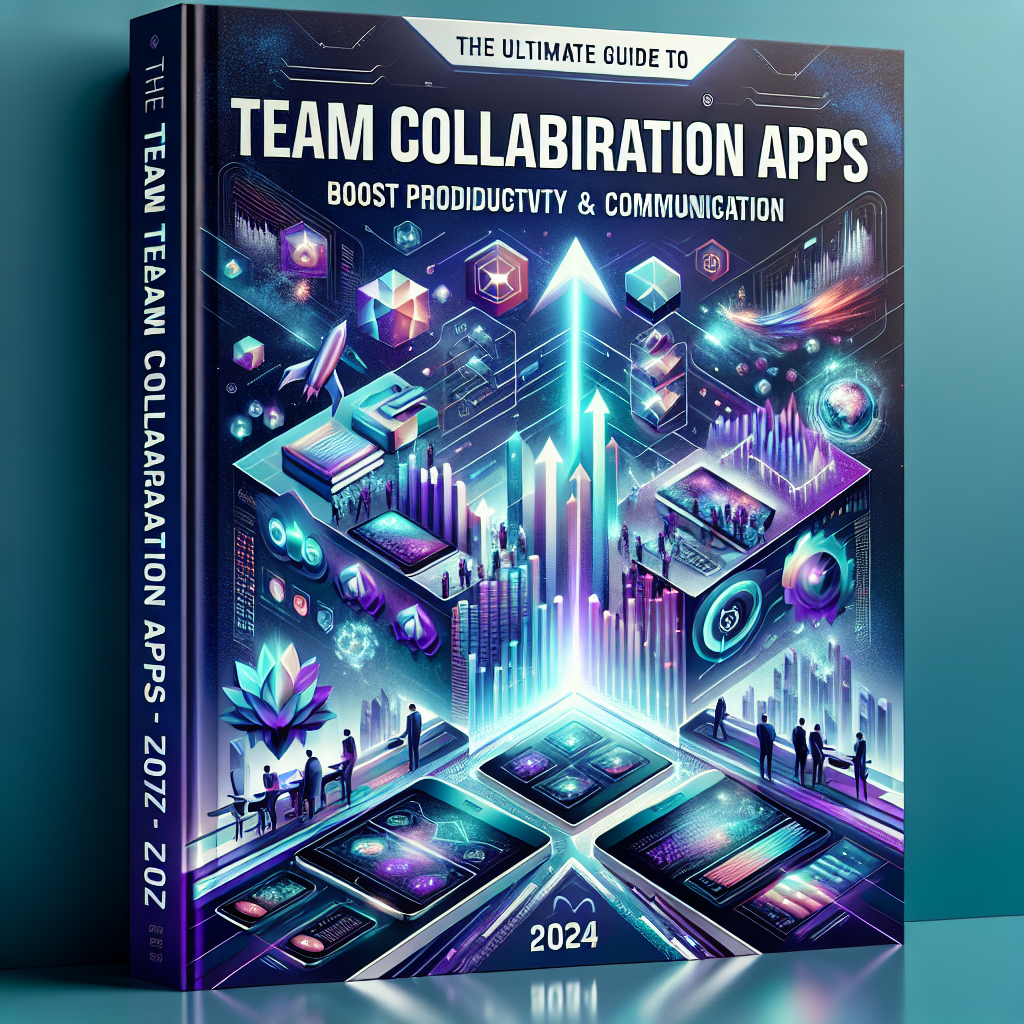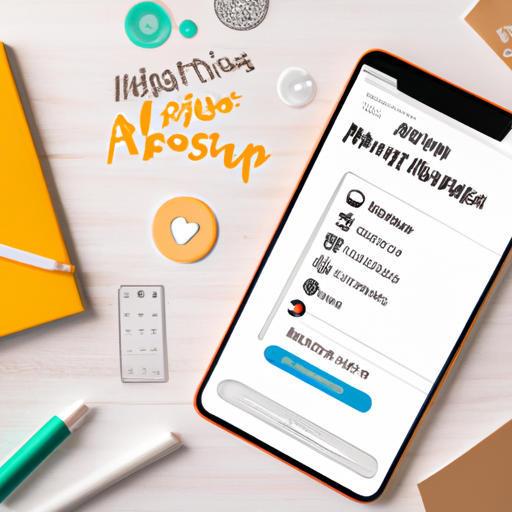Podcast Apps vs Traditional Media: Exploring the Pros and Cons
In the digital age, the way we consume audio content has evolved drastically. The emergence of podcast apps has significantly changed the landscape, offering listeners an unprecedented level of choice, flexibility, and personalization. But how do podcast apps compare to traditional media formats such as radio, television, and print?
What Are Podcast Apps?
Podcast apps are specialized platforms or software that allow users to discover, subscribe to, download, and listen to podcasts. These apps have become a central hub for on-demand audio content, catering to a wide variety of interests and genres. Popular examples include Apple Podcasts, Spotify, Google Podcasts, and Pocket Casts.
Key Features of Podcast Apps
- On-demand listening and offline playback
- Personalized recommendations based on user preferences
- Curated playlists and discovery tools
- Ability to subscribe and get automatic updates
- Playback speed controls and bookmarking features
Traditional Media: An Overview
Traditional media refers to established forms of mass communication, including radio, television, and print publications. These channels have been the primary sources of news, entertainment, and information for decades.
- Radio: Live broadcasts with scheduled programming
- Television: Visual and audio content with fixed time slots
- Print: Magazines and newspapers with limited audio content
Podcast Apps vs Traditional Media: Side-by-Side Comparison
| Feature | Podcast Apps | Traditional Media |
|---|---|---|
| Accessibility | Available on-demand, anytime, anywhere | Limited to live schedules or physical access |
| Content Diversity | Millions of podcasts across genres | Limited by station or publication format |
| Personalization | Curated feeds and recommendations | One-size-fits-all programming |
| Ad Experience | Targeted, skippable ads (in some apps) | Frequent, non-skippable ad breaks |
| Interactivity | User reviews, comments, and sharing options | Limited or no direct interaction |
| Offline Listening | Yes, download episodes | No, requires live broadcast or physical copy |
Advantages of Using Podcast Apps
Podcast apps provide a suite of benefits that traditional media struggles to match:
- Freedom and Flexibility: Listen to your favorite shows whenever and wherever you want, without being tied to a schedule.
- Vast Selection: Access content on niche topics, from true crime and finance to wellness and technology.
- Personalized Experience: Smart algorithms suggest new podcasts based on your listening history.
- Ad Control: Many podcast apps allow users to skip ads or subscribe for an ad-free experience.
- Community Engagement: Leave reviews, join discussions, and share episodes with friends.
Drawbacks of Podcast Apps
- Overwhelming Choices: The sheer number of available podcasts can make discovery challenging for new users.
- Quality Variation: Not all podcasts maintain high production standards.
- Data Usage: Streaming or downloading episodes requires an internet connection and may consume data.
- Subscription Costs: Some premium content is locked behind paywalls or requires a monthly fee.
Why Traditional Media Still Matters
Despite the rise of podcast apps, traditional media continues to play an important role, especially for live events, breaking news, and audiences less familiar with digital technology. The credibility and reach of established radio and television networks remain significant advantages.
- Live Coverage: Real-time reporting on news and events
- Regulated Standards: Content is subject to editorial oversight
- Broad Accessibility: Easy access for those without smartphones or internet
Which Is Better: Podcast Apps or Traditional Media?
The answer depends on your lifestyle and preferences. Podcast apps are perfect for those seeking on-demand, personalized content and enjoy exploring a wide range of topics. Traditional media, on the other hand, is ideal for consuming live news, sports, and community programming.
For most listeners today, a hybrid approach works best—using podcast apps for deep dives and entertainment, while relying on traditional media for timely updates and local news.
Future of Audio Content: Podcast Apps vs. Traditional Platforms
As technology continues to advance, podcast apps are likely to become even more sophisticated, incorporating features such as AI-powered recommendations, interactive content, and integration with smart home devices. Traditional media is also evolving, with many broadcasters launching their own podcasts and digital platforms. The distinction between podcast apps and traditional media may blur further, creating a seamless audio experience for all audiences.
Frequently Asked Questions: Podcast Apps vs Traditional Media
- Are podcast apps free to use?
- Most podcast apps offer free access to a vast library of shows. However, some platforms feature premium content or ad-free experiences for a subscription fee.
- Can I listen to live events on podcast apps?
- Some apps support live streaming, but live coverage is more common on traditional radio and television.
- Do podcast apps work offline?
- Yes, most apps allow you to download episodes for offline listening.
- How do I choose the best podcast app?
- Consider factors such as user interface, content library, discovery tools, and compatibility with your devices.
Conclusion
The debate of podcast apps vs traditional media is ultimately about choice. Podcast apps empower listeners with flexibility, diversity, and control, while traditional media offers reliability and live coverage. Whether you’re a podcast enthusiast or a fan of classic radio, there’s never been a better time to enjoy audio content tailored to your needs.



